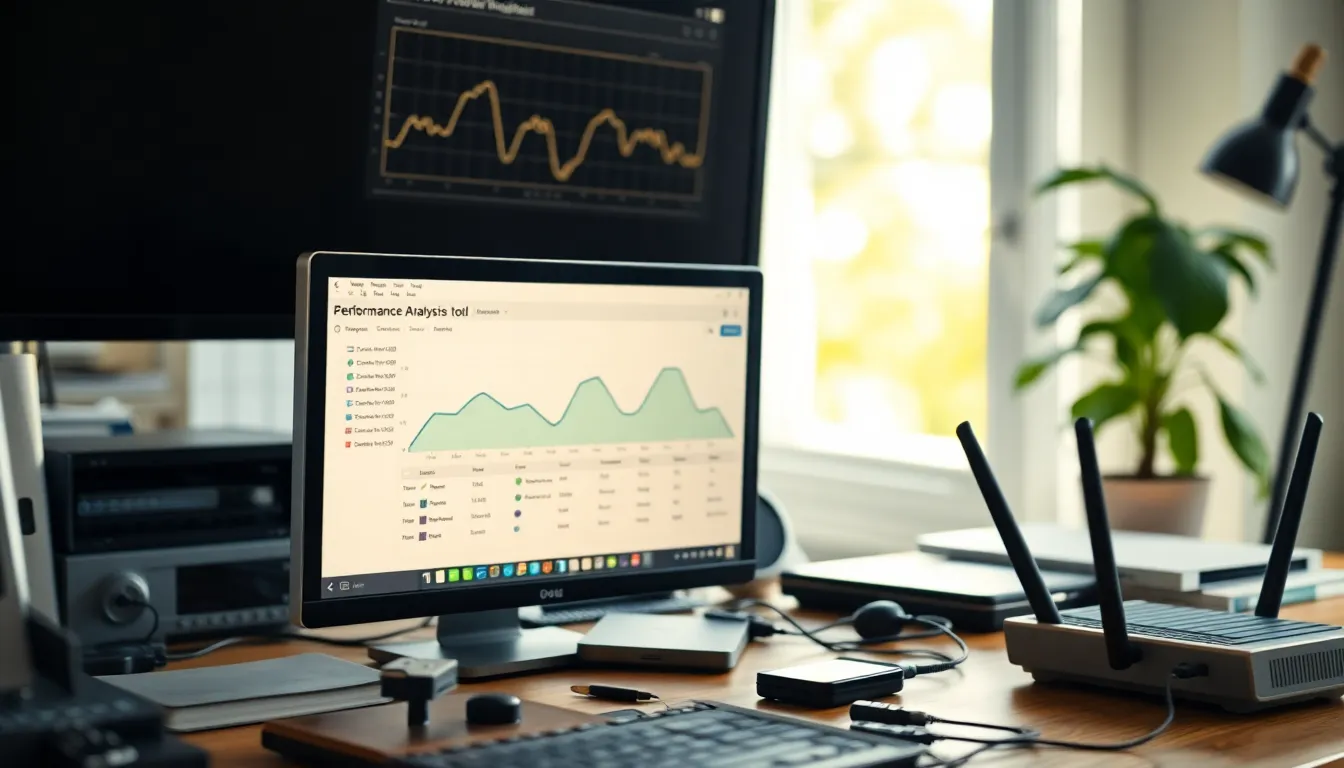Ever found yourself staring at your screen, waiting for Widdeadvi to load like it’s stuck in molasses? You’re not alone. Many users experience frustrating slowdowns that can turn even the simplest tasks into a test of patience. But why does this happen?
Table of Contents
ToggleCommon Causes Of Slow Performance
Users often encounter slow loading times with Widdeadvi due to various factors that hinder performance. Identifying these issues aids in resolving frustrations.
System Resource Limitations
System resource limitations significantly impact the performance of Widdeadvi. Insufficient RAM can slow down application processing, resulting in longer loading times. Less processing power from older CPUs also contributes to sluggishness. Running multiple applications simultaneously consumes resources, leading to further delays. It’s essential to check both available memory and system capacity to identify any bottlenecks.
Network Issues
Network issues frequently cause slow performance in Widdeadvi. A weak Wi-Fi signal reduces data transfer speeds, which slows down application responsiveness. Congested networks can also hinder performance, as multiple devices compete for bandwidth. Frequent disconnections disrupt user experience, making tasks arduous. Assessing network stability is crucial for optimal performance, as a reliable connection directly affects loading times.
Troubleshooting Steps


Addressing slow loading times in Widdeadvi involves a few straightforward troubleshooting steps. Users can begin by checking both system specifications and network connectivity.
Check System Specifications
Assessing system specifications is crucial for performance. Users should confirm they meet Widdeadvi’s requirements. Insufficient RAM or an older CPU can severely impact speed, especially under heavy multitasking. Upgrading RAM or replacing outdated components often makes a noticeable difference. Monitoring CPU usage through task management tools can reveal if resources are maxed out. Regularly updating applications and the operating system also enhances compatibility and functionality.
Analyze Network Connectivity
Evaluating network connectivity helps identify disruptions. Users must check internet speed and signal strength using speed test tools. A slow connection can stem from outdated routers or excessive bandwidth usage by other devices. Restarting the router may resolve temporary issues. Moving closer to the Wi-Fi source often improves reception and enhances performance. Changing to a wired connection forms a more stable link and minimizes latency. Users should prioritize ensuring their network is consistent as it plays a vital role in loading times.
Performance Optimization Tips
Performance enhancements for Widdeadvi can significantly decrease loading times. Simple adjustments and regular updates contribute to a more efficient user experience.
Adjusting Configuration Settings
Adjust configuration settings for optimal performance. System settings, like graphics modes and background processes, can impact speed. Reducing visual effects often frees up resources. Limiting startup applications improves system responsiveness. Exploring Widdeadvi’s settings helps identify areas for customization. Modifying cache sizes allows for better memory utilization. Frequent adjustments ensure configurations align with user needs.
Regular Maintenance and Updates
Regular maintenance plays a crucial role in maintaining speed. Users should perform routine disk cleanups to eliminate unnecessary files. These steps clear clutter and enhance performance. Updating software ensures all components function correctly. New updates often optimize code and resolve existing bugs. Checking for updates regularly keeps the system running smoothly. Running antivirus scans protects against malware, which can also slow performance. With consistent care, Widdeadvi users can enjoy a faster and more reliable experience.
Alternative Solutions
Users experiencing slow performance with Widdeadvi can explore various avenues to enhance their experience.
Exploring Different Software
Consider alternative software options that may perform better on your system. Some applications are resource-intensive, impacting loading times. Utilizing lightweight programs can help ease the strain on system resources. Users might also benefit from uninstalling unnecessary applications that run in the background. Evaluating software updates may also reveal performance improvements. These steps help streamline processes, making it crucial for users to regularly check for compatibility.
Upgrading Hardware
Upgrading hardware significantly boosts performance. Increasing RAM can provide the additional resources needed for smoother operation. Replacing an outdated CPU with a newer model often yields better speed and efficiency. Solid-state drives outperform traditional hard drives in accessing data, enhancing loading times. Users should also consider higher-capacity storage for improved performance. These upgrades not only support faster operations but also extend the lifespan of the computer system.




